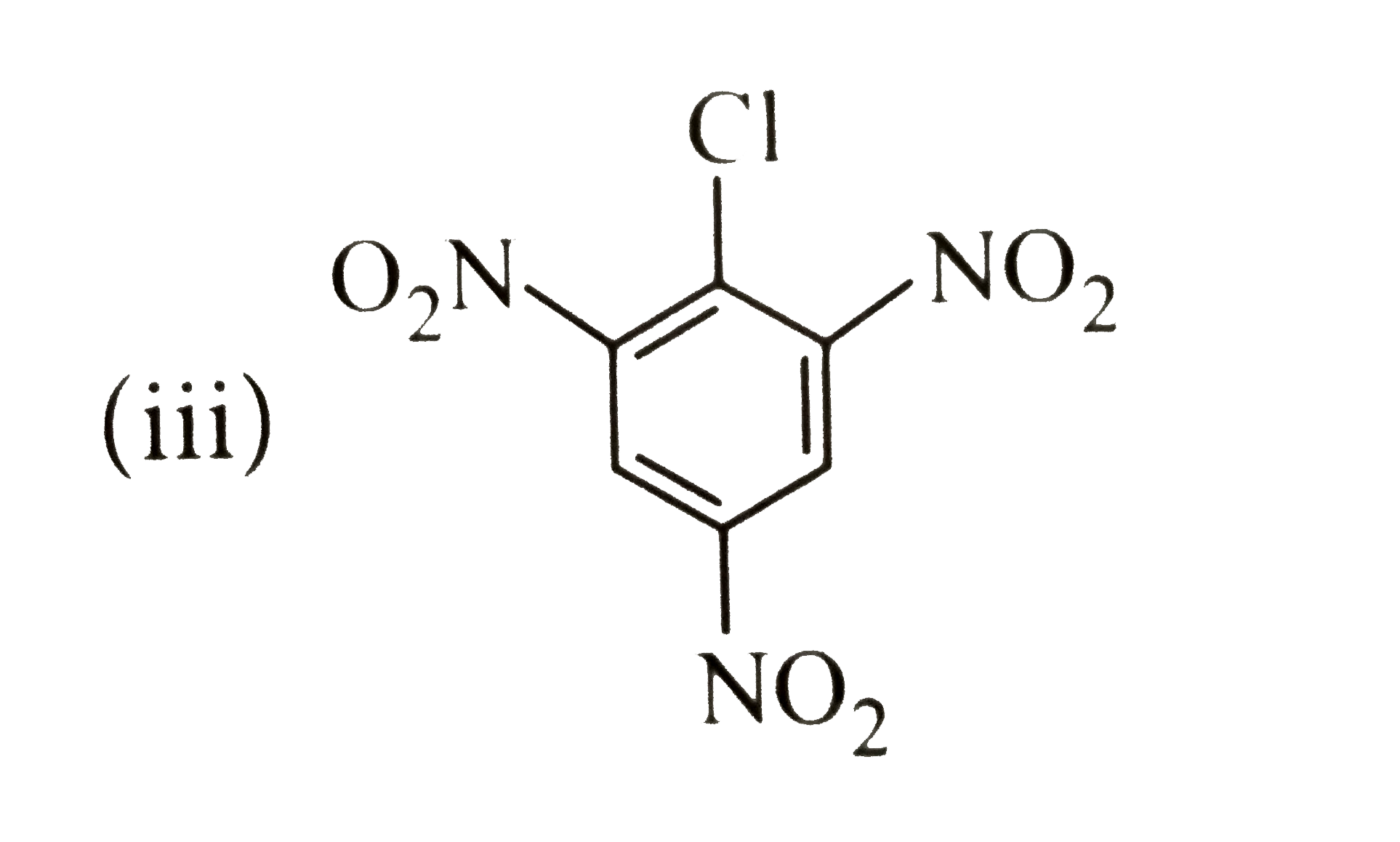How chlorobenzene can be converted into toluene.
To convert chlorobenzene into toluene, we can use the Wurtz-Fittig reaction. Here’s a step-by-step breakdown of the process:
Step 1: Identify the Reactants
We start with chlorobenzene (C6H5Cl) and methyl chloride (CH3Cl) as our reactants.
Step 2: Reaction Conditions
We will need sodium (Na) as a reducing agent and ether as a solvent. The reaction can be represented as follows:
C6H5Cl+CH3Cl+2Naether−−−→C6H5CH3+2NaCl
Step 3: Mechanism of the Reaction
1. Formation of the Aryl Radical: Sodium reacts with chlorobenzene to form a phenyl radical (C6H5•) and sodium chloride (NaCl).
2. Methyl Radical Formation: Sodium also reacts with methyl chloride to form a methyl radical (CH3•) and sodium chloride (NaCl).
3. Coupling of Radicals: The phenyl radical (C6H5•) then couples with the methyl radical (CH3•) to form toluene (C6H5CH3).
Step 4: Final Product
The final product of this reaction is toluene (C6H5CH3) along with sodium chloride (NaCl) as a byproduct.
Summary of the Reaction
The overall reaction can be summarized as:
C6H5Cl+CH3Cl+2Naether−−−→C6H5CH3+2NaCl
We start with chlorobenzene (C6H5Cl) and methyl chloride (CH3Cl) as our reactants.
We will need sodium (Na) as a reducing agent and ether as a solvent. The reaction can be represented as follows:
C6H5Cl+CH3Cl+2Naether−−−→C6H5CH3+2NaCl
1. Formation of the Aryl Radical: Sodium reacts with chlorobenzene to form a phenyl radical (C6H5•) and sodium chloride (NaCl).
2. Methyl Radical Formation: Sodium also reacts with methyl chloride to form a methyl radical (CH3•) and sodium chloride (NaCl).
3. Coupling of Radicals: The phenyl radical (C6H5•) then couples with the methyl radical (CH3•) to form toluene (C6H5CH3).
The final product of this reaction is toluene (C6H5CH3) along with sodium chloride (NaCl) as a byproduct.
The overall reaction can be summarized as:
C6H5Cl+CH3Cl+2Naether−−−→C6H5CH3+2NaCl
Topper's Solved these Questions
- HALOALKANES AND HALOARENES BOOK - ICSECHAPTER - HALOALKANES AND HALOARENES EXERCISE - ISC EXAMINATION QUESTIONS
4 Videos
- HALOALKANES AND HALOARENES BOOK - ICSECHAPTER - HALOALKANES AND HALOARENES EXERCISE - MULTIPLE CHOICE QUESTIONS
29 Videos
- HALOALKANES AND HALOARENES BOOK - ICSECHAPTER - HALOALKANES AND HALOARENES EXERCISE - EXERCISE (PART - II DESCRIPTIVE QUESTIONS) (SHORT ANSWER QUESTIONS)
94 Videos
- GENERAL PRINCIPLES AND PROCESSES OF ISOLATION OF ELEMENTS BOOK - ICSECHAPTER - GENERAL PRINCIPLES AND PROCESSES OF ISOLATION OF ELEMENTS EXERCISE - EXERCISE (PART-I ( OBJECTIVE QUESTIONS )) (Fill in the blanks)
60 Videos
- ISC QUESTION PAPERBOOK - ICSECHAPTER - ISC QUESTION PAPEREXERCISE - PART-II(SECTION-B)
74 Videos
Similar Questions
Knowledge Check
Acetone can be converted into pinacol by:
AMg/Hg/H2OBZn/Hg/HClCNa/Hg/H2SO4Dall of these
How chlorobenzene can be converted into benzoic acid.
View SolutionChlorobenzene can be converted into phenol by heating in aqueous sodium hydroxide solution at temperature of 623K and a pressure of 300atm. However the rate of reaction can be increased by presence of certain groups in benzene ring. What will be the order of reactivity of following compounds towards the above substitution reaction?


View SolutionNitrobenzene can be converted into hydraxobenzene by reduction with
View SolutionHow fluoride can be converted to fluorine?
View SolutionDesert can be converted into grassland by
View SolutionToluene can be converted into benzaldehyde by oxidation with :
View SolutionHow can propan-2-one be converted into tert-butyl alcohol ?
View Solution